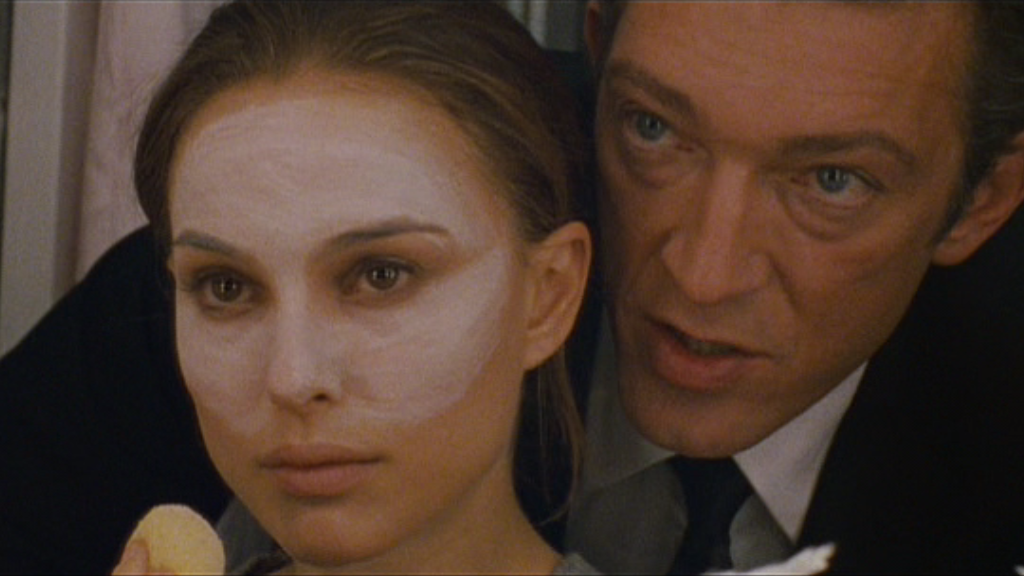Black swan
2010

Rating: R
Genre: Thriller, Drama, Horror
Country: U.S.
Run-Time: 1h 48min
Director: Darren Aronofsky
Cast
Natalie Portman……………..Nina Sayers
Vincent Cassel………………….Thomas Leroy
Barbara Hershey………………Erica Sayers
Mila Kunis…………………………..Lily
Madness as a horror trope has never really gone away, but psychological horror hit its peak in the 60s and 70s when legendary directors like Roman Polanski (Repulsion, The Tenant), Igmar Bergman (Persona, Hour of the Wolf) and Alfred Hitchcock (Psycho) proved to be early masters, laying out a solid foundation for those films which came after. Their films were concerned with both the descent into madness and its causes, though the latter often appeared through subtle references about a character’s past or visual cues showing their protagonist’s obsessions. Audiences never walked out of these films with a definitive understanding, which have made these films still worthy of discussion.
Today, directors usually approach psychological horror a bit differently. Modern horrors like A Tale of Two Sisters or Goodnight Mommy depict madness as the result of a traumatic event. These stories create gotcha moments that force viewers to re-evaluate scenes. In these films, we are fooled into thinking we are watching characters fight against an external madness, only to learn they were the ones who were crazy all along.
On the surface, Darren Aronofsky uses madness in The Black Swan as a throwback to the films of Bergman and Polanski. But Black Swan was conceived in a later horror era and Aronofsky, whose filmography includes Pi and mother!, is no stranger to the psychological horror genre. And this is what makes Black Swan unique. It is, in its own way, a throwback to those classic psychological horror films of the past, but it also has an awareness of the genre’s progression. It understands and incorporates the best of both approaches.
Black Swan is a film about an aging ballerina named Nina (Natalie Portman) who finally catches her break when she gets the lead in her company’s production of Swan Lake. But Nina is not typical for a girl in her twenties. Nina seems to have surprisingly little life experience outside of the world of ballet. She has an overbearing mother (Barbara Hershey) that stills treats her more like a child than an adult and she seems ill-equipped at handling the advances from the company’s artistic director, Thomas Leroy, (Vincent Cassel), a man with a reputation that is about a decade too soon to be taken down by the coming #MeToo movement. The stress is enough to drive a girl crazy. (On a side note, I find it fitting that the real-world mental illness that Nina would most likely suffer from is called First-Break Psychosis.)
But Nina’s biggest problem is that she is a technical perfectionist. When dancing the part of the White Swan, she is flawless. The white swan is a symbol of youth and innocence. However, the part of the Swan Queen is a dual role, so Nina must also learn to embody the Black Swan, a second, darker, more sensual role. It is here that Nina struggles. The Black Swan is a part that is best danced with abandon. Those familiar with the actual ballet know that this part is almost always performed by the same dancer, but when done correctly, it should appear as though a new dancer has taken the stage. In Freudian terms, if the white swan were the ego, the black would be the id. But since Nina is sexually repressed, she can not fully transcend into the Black Swan. She lacks the life experience and personality to own this role. Worse still, some of Nina’s rivals, including the newcomer Lily (Mila Kunis) have the sort of “it” factor required to dance the Black Swan part believably.
Of all the films on The Midnight Selections, Black Swan stands out as being amongst the most acclaimed. Natalie Portman won a Golden Globe and an Oscar for her role and Aronofsky was nominated for Best Director. (It was also nominated for Academy Awards in the categories of Best Picture, Best Cinematography and Best Editing.) Of course, I am not here to argue the validity of the Hollywood Awards process, but Portman’s win says something about how tremendously demanding this role was. Knowing Aronofsky wanted Portman to play the role, she began working with a ballet instructor before the film had even secured funding. (Yes, I know some scenes still required a dance double.) But even without the dancing, the role still requires a certain regression from Portman that would be difficult to pull off. On one hand, Nina is not that different a character from Carol Ledoux in Repulsion. She is attractive, but starts the film almost completely devoid of sexuality. At one point, Thomas asks a male dancer if he “would fuck her!” and the answer is obvious. (Ironically, the male dancer would end up being Portman’s real-life future husband.) But this is also a transformative performance. This is not a film that uses its black swan metaphor sparingly. Nina will learn to bite, though it will come at a cost.
But Portman’s is not the only performance that is special. Black Swan is a film where the supporting cast is also excellent. In fact, I didn’t even recognize Mila Kunas at first. Seeing her act in a dramatic role was enough to throw me. Then there is Vincent Cassel, who plays Thomas to sleazy boundary-violating perfection. And Barbara Hershey does an outstanding job playing a mother who pushes Nina to vicariously fulfill her own artistic fantasy. All of these characters are well cast in their roles and they are interesting people to watch. All of them operate in a gray area. They seem to have Nina’s best interest at heart- even Thomas- but they are also, in their own way, contributing to Nina psychosis.
Of course, horror fans know any film that garners critical recognition is likely not all that horrifying. When it comes to award show acceptance, there is an assumption that only toned-down horrors can get recognition. I won’t disagree. But Black Swan offers far more body horror than I was expecting. And though I was not always a fan of the few times the film employs CGI, I relished those times Aronofsky produced a Polanski-esque double-take small scare. (Though Nina probably should have eventually figured out that she should stay away from mirrors.) The hand-held camera work and rapid edits also produce several inspired moments that make us, like Nina, say did we just see that? In psychological horrors, these types of scares are almost always the most effective.
Because it was once so hyped, there is a danger of overselling Black Swan. Any modern horror fan going into this movie with sky-high expectations that it is amongst the best in the horror genre (it is after all, one of only five horrors to be nominated for Best Picture) could find themselves disappointed. Truth be told, Black Swan is not even my favorite horror that involves dance. That honour goes to Climax. However, I have seen a fair share of noteworthy psychological horrors and I can say that Black Swan holds its own with some of the best in the genre. Aronofsky is a director that has a reputation for getting the most out of his actors. And the clever ways this film incorporates the Swan Lake ballet into its story also helps to elevate this film far above the fray.
Truthfully, I don’t really care if modern horror films get critically recognized as long people keep making them. And as far as Aronofsky is concerned, he has proven time and again that his name belongs with those old masters of psychological horror.
